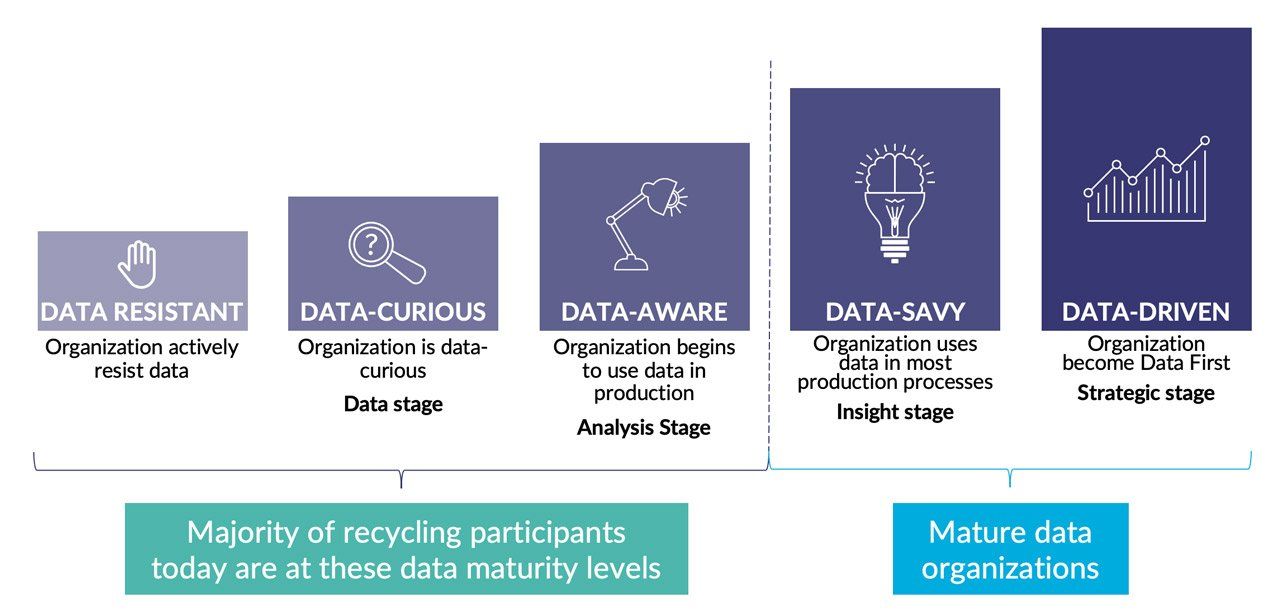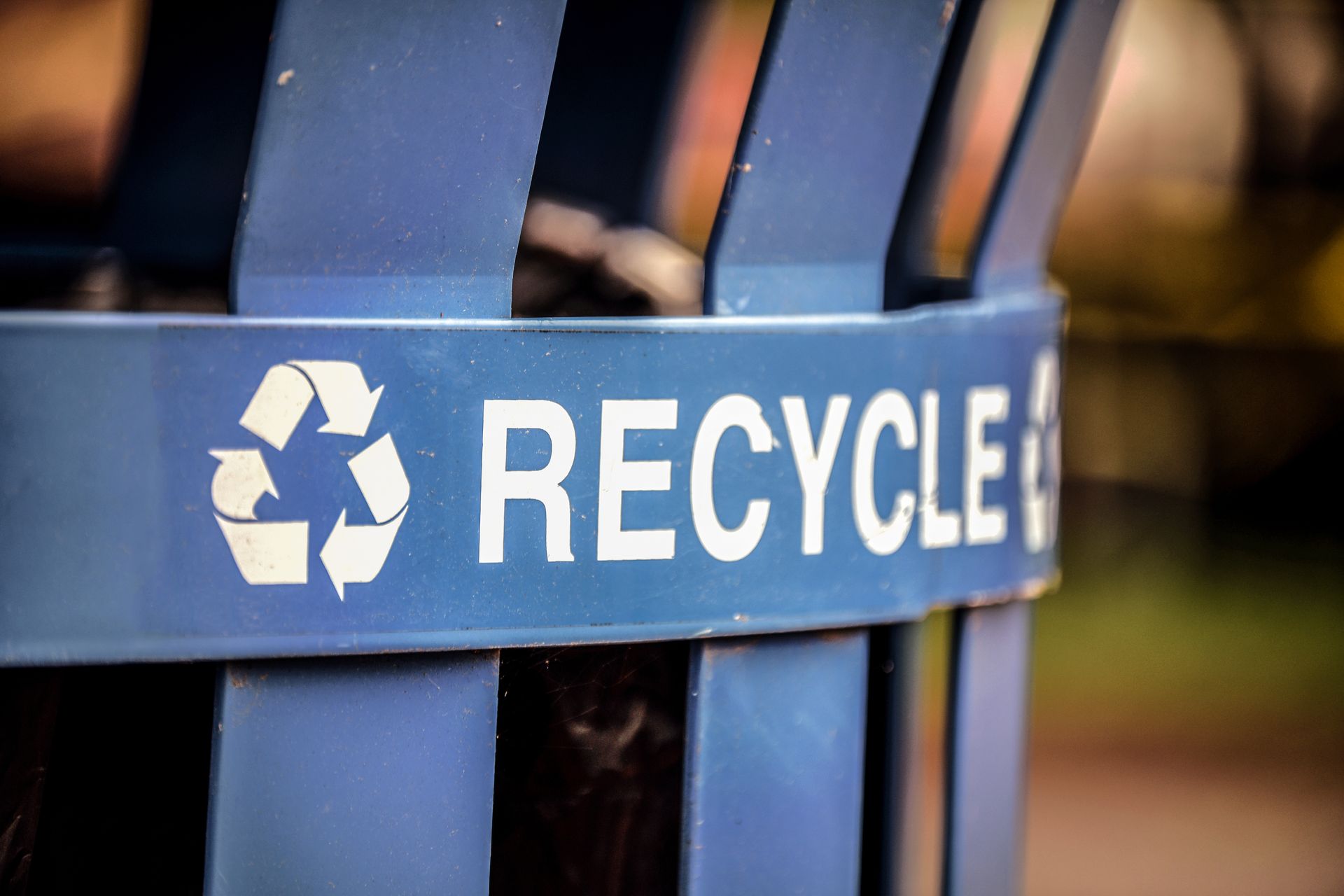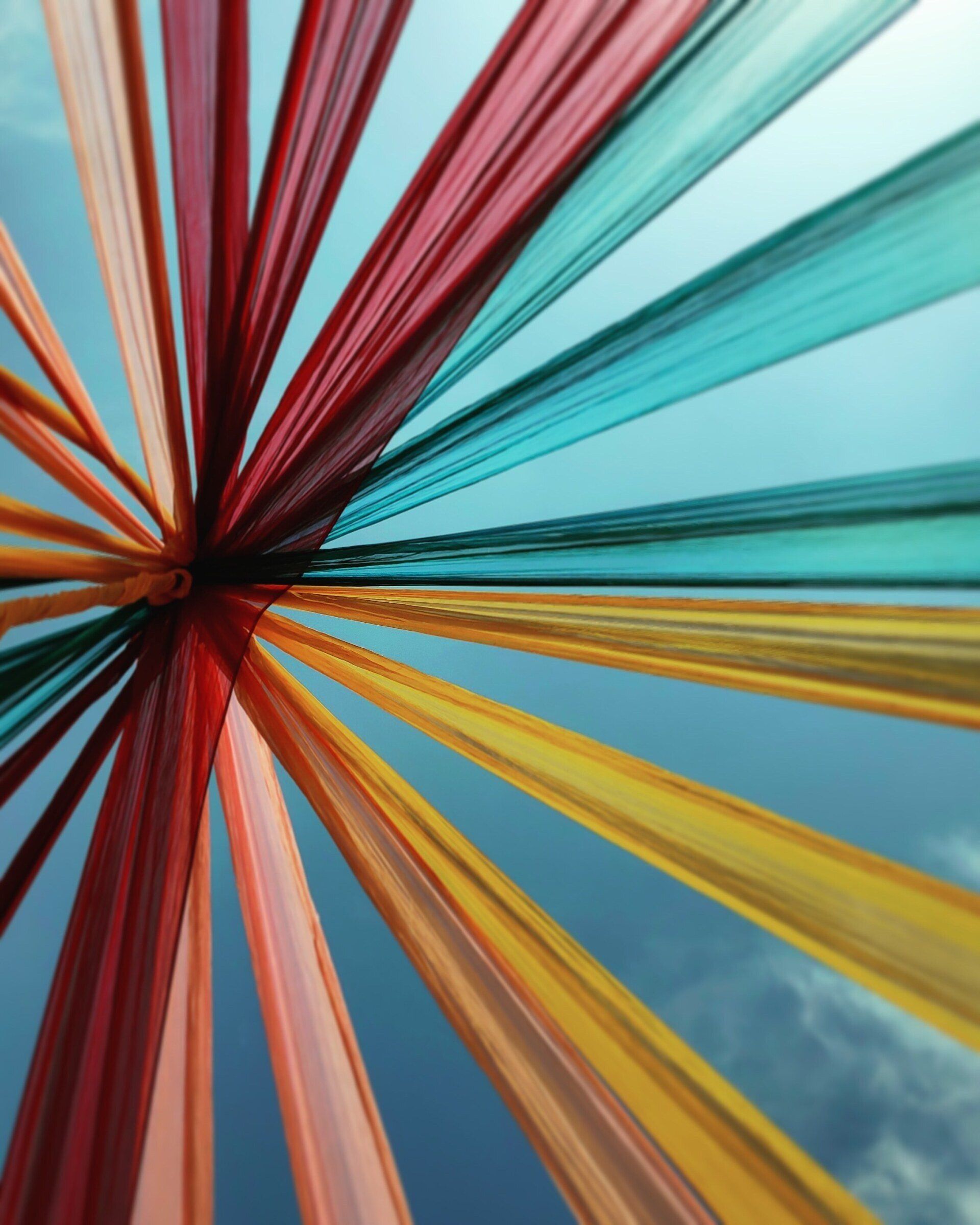How data-driven is your company? And why does it even matter?
Data should be the driving force of your organization, enabling you to optimize and manage your recycling, waste management or sustainability programs, efficiently, effectively and accurately, all in real time.
However, the degree to which this is possible depends on whether your company is data-driven, and if so, to what stage of data maturity.

Regardless how you may be managing your current recycling, waste management or recycling programs, you are collecting, processing and leverage data in your organization in some shape or form today.
It is important to assess your organization's relationship with data, as that's the first step in evaluating how to better leverage data--and not only any data but data that is of top quality, available in real-time and is 100% accurate--in order to elevate the progress and results you're achieving today.
Read on to understand various data strategies and how they might apply to your organization.
Data Strategies
We have adapted Christopher Penn’s framework on the evolution of a data-driven company(1), applying it to the world of recycling and waste management. According to this methodology, there are five categories that an organization might find themselves in when it comes to how they value and use their data.

1. Data-Resistant

“We’ve always done it this way.”
“Change comes with headaches.”
“It’s working so far, isn’t it?”
Statements ike the ones to the left are hallmarks of data-resistant organizations, demonstrating an unwillingness to change or a complacence with the status quo. Data-resistant organizations are those that fail to see the value in having high-quality data or fail to see the connection between issues with their data and the daily pain-points with which they struggle.
Organizations typically begin as data-resistant for a variety of reasons, including the fear that:
- Data might uncover hidden performance issues, such as not actually hitting collected volume or weight targets
- Data might show the organization has a misaligned strategy(2), such as when performance is flagging in one area (E.g. a collection site convenience criteria) but resources are being poured into another
Rather than uncover these issues, these organizations feel that sticking with the status quo is safer and smarter.
But inevitably, the status quo reaches its limit, and it costs the organization in opportunities lost and revenue leakage from inefficient processes. This limitation is usually exposed when an individual at an organization needs to solve a specific performance issue, such as figuring out why landfill diversion or GHG reduction targets are not being met. They begin to harness data without waiting for an organizational mandate.
The actions of this one individual can spur change for the entire organization – either others will be inspired by what data can do, or the individual will need the support of a larger data framework, necessitating an organizational mandate for better data. Until that happens, the organization will likely remain data-resistant – and suffer the consequences of poor quality or unharnessed data.
Ask Yourself
- How often does your organization tend to stick with the status quo?
- How well do your departments integrate and communicate? Do you tend to work in siloes?
- How much have your processes changed in the last 10 years?
- Do you use paper forms to track your recycling or waste activities?
- Do you know where you are against your performance targets and goals right now?
- Is there room for human error and/or security breaches in your processes?
2. Data-Curious

"Data-curious organizations are not yet reaping the benefits of their data collection; the analysis that helps to develop strategy is not yet being leveraged."
Unlike data-resistant organizations, data-curious ones are aware that they have data and know that that data is valuable – but they remain unaware how to unlock that value. Usually, these organizations will only discover this value inadvertently, not through planning or prescription, and begin to collect it. This collection might happen through web or social media analytics, or other tools the organization might be using (EPR, CRM, financial/accounting tools).
Data-curious organizations are not yet reaping the benefits of their data collection; the analysis that helps to develop strategy is not yet being leveraged. In the waste and recycling industry, this might look like an organization that employs some sort of accounting software and maybe an inventory tool. They understand that these tools are keeping track of something that relates to their goals, but they are only using them to perform very specific, everyday tasks. Deeper insights are not yet being leveraged, and questions are not yet being answered. As with the data-resistant maturity level, the costs are lost opportunities and resource loss from inefficiency.
Ask Yourself
- How are you currently collecting your data? Is any part of the collection process digitized?
- What tools are you employing to help you manage your recycling or waste program?
- What insights are you gaining from each tool? Are you able to quickly glean insights through data visualization tools (such as a graph that easily shows progress towards a goal)?
- If your tools are giving you insights, do these insights help you on the everyday, operational level, or on the long-term, strategic level?
3. Data-aware

"Because there is value being gained here, many organizations stay data-aware for years."
At the next level, data curiosity gives way to data awareness: the value of data is starting to be extracted. Data-aware organizations focus on analysis, asking retrospective questions, such as:
- What happened last quarter?
- What percentage of landfill diversion did we achieve last year?
- What was last month’s tonnage pick-up goal, and did we achieve it?
These questions result in practical value and tactical decision-making; organizations can make determinations about what they want to continue or stop doing in order to improve performance areas.
Because there is value being gained here, many organizations stay data-aware for years. They can satisfy stakeholders that they are improving operations without rocking the boat. But the downside of this strategy is that it tends to come with another cost: data-aware organizations invest in tools to better glean insight from their data. These could be data storage and warehousing, analysis, or cloud tools. When the cost from all these tools because prohibitive, organizations might begin to wonder what they’re spending resources on, prompting them towards the next data maturity level.
Ask Yourself
- How often do you have meetings where data is discussed?
- How actively does your organization try to figure out how best to improve the quality of your data?
- Is your organization invested in any tools to help analyze your data?
- What insights are these tools revealing to you? How are they helping your long-term strategy?
4. Data-Savvy

Data-savvy organizations leverage data to answer “Why” questions.
Whereas data-aware organizations tend to ask “What” questions, data-savvy organizations leverage data to answer “Why” questions.
- Why did participant X’s performance dip last month?
- Why were we able to meet our landfill diversion goals?
- Why are we recycling more of Y and not Z?
For these organizations, they see the value of data beyond the tactical; they are starting to become strategic. Rather than merely describing what happened, they can provide the insight needed to explain why it did. This takes time and introspective investigation, necessitating organizations to stay at this level for some time. Once they are ready to turn these insights into actionable items, they are achieving a data-driven level of maturity.
Ask Yourself
- What questions are being asked at your organization - retrospective questions that ask what happened? Or introspective questions that help you understand why those things happened?
- Do you know both how your program is performing right now – and why it is performing to that level?
- Do you use a dedicated program- or data-management tool that was purpose-built for the waste and recycling industry?
5. Data-driven

In a data-driven organization, data is captured at every level and utilized to improve
all processes.
Now that organizations can describe the “what” and explain the “why,” they need to answer the next question: “What are you going to do about it? What’s next?” Data-driven organizations have in place the strategies to easily retrieve and harness their data; they are not spending endless hours and resources trying to make meaning of this information. They may say things like:
- Our manifest data shows certain geographies are not being reached; we will increase pick-ups in those locations by 40% next quarter
- This report on our performance is ready for auditing, and our auditing time is down to less than a quarter of what it previously was
- We know why our volume of materials collected is not commiserate with our volume of materials recycled, and we have a plan in place to fix this issue
In a data-driven organization, data is captured at every level and utilized to improve all processes. Every strategic decision is powered by high-quality, reliable data, and this is evident in meetings, governance structures, and performance metrics.
Ask Yourself
- How is your organization capturing data?
- What is happening with that data? Are you easily able to glean insights from your data so you can make strategic plans for the future of your organization?
- Does it take hours or longer to parse and make meaning of the data you have?
- Do you use a dedicated program- or data-management tool that visualizes your data so you can easily track performance?

Conclusions
As the landscape of recycling and waste management continues to evolve, it's no longer feasible to rely on data strategies that could potentially hold back your programs or even your business. The tools are available to assess your current state and evolve it quickly so that you are capturing vast amounts of data in seconds, accessing it in real time to make the decisions that matter when they matter, and able to instantly see your progress and results, anytime.
A lack of progression towards becoming more data mature—and continuing to rely on data that is not relevant, not irrefutably accurate, incomplete, or simply unavailable—is very costly and very real for all organizations.
1. https://www.christopherspenn.com/2019/08/the-evolution-of-the-data-driven-company/#:~:text=The%20evolution%20of%20a%20company,cannot%20become%20truly%20data%2Ddriven.%20February%2025,%202022,%207:06%20AM
2. Ibid.

About Diversys
Diversys is proud to have its roots in Ontario, Canada - a province widely recognized for its leadership in EPR and sustainability. Since 2019, we've been dedicated to creating innovative software solutions that drive progress toward a world without waste.
Our story is a testament to the power of hard work, customer loyalty, and big ideas. We are committed to empowering organizations with the waste recycling software solutions necessary for achieving a sustainable future. Our cutting-edge software platform is helping organizations achieve their ESG goals, meet reporting obligations, and improve operational efficiency for their recycling programs.
Our commitment to delivering world-class solutions that drive meaningful progress towards waste reduction and a more sustainable future is unwavering. Our team of industry experts is ready to help you navigate the rapidly-evolving waste management landscape as we progress toward a circular economy.





